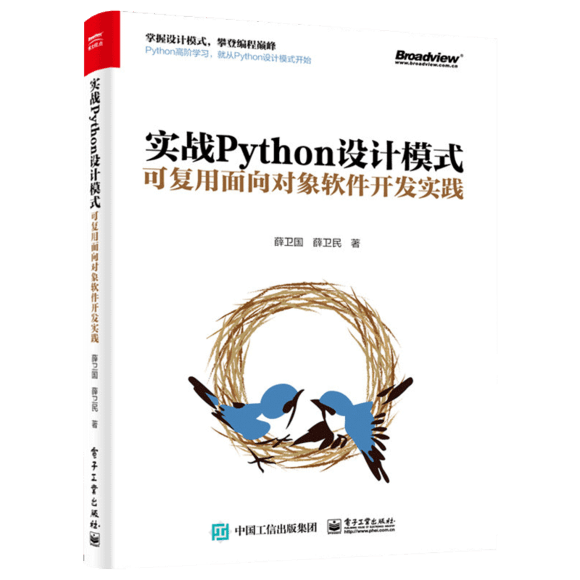C++核心准则CPL.2:如果你必须使用C,使用C和C++的共同子集,并且使用C++编译器编译C代码
共 1465字,需浏览 3分钟
·
2020-10-03 05:04

CPL.2: If you must use C, use the common subset of C and C++, and compile the C code as C++
CPL.2:如果你必须使用C,使用C和C++的共同子集,并且使用C++编译器编译C代码
Reason(原因)
That subset can be compiled with both C and C++ compilers, and when compiled as C++ is better type checked than "pure C."
这样的子集C和C++都可以编译通过,而且作为C++代码编译时获得比“纯C”更好的类型检查。
Example(示例)
int* p1 = malloc(10 * sizeof(int)); // not C++
int* p2 = static_cast(malloc(10 * sizeof(int))); // not C, C-style C++
int* p3 = new int[10]; // not C
int* p4 = (int*) malloc(10 * sizeof(int)); // both C and C++ Enforcement(实施建议)
Flag if using a build mode that compiles code as C.
标记将代码按照C编译的情况。
The C++ compiler will enforce that the code is valid C++ unless you use C extension options.
除非你使用了C扩展选项,C++编译器会强制代码符合C++规范。
原文链接
https://github.com/isocpp/CppCoreGuidelines/blob/master/CppCoreGuidelines.md#cpl2-if-you-must-use-c-use-the-common-subset-of-c-and-c-and-compile-the-c-code-as-c
新书介绍
《实战Python设计模式》是作者最近出版的新书,拜托多多关注!

本书利用Python 的标准GUI 工具包tkinter,通过可执行的示例对23 个设计模式逐个进行说明。这样一方面可以使读者了解真实的软件开发工作中每个设计模式的运用场景和想要解决的问题;另一方面通过对这些问题的解决过程进行说明,让读者明白在编写代码时如何判断使用设计模式的利弊,并合理运用设计模式。
对设计模式感兴趣而且希望随学随用的读者通过本书可以快速跨越从理解到运用的门槛;希望学习Python GUI 编程的读者可以将本书中的示例作为设计和开发的参考;使用Python 语言进行图像分析、数据处理工作的读者可以直接以本书中的示例为基础,迅速构建自己的系统架构。
觉得本文有帮助?请分享给更多人。
关注微信公众号【面向对象思考】轻松学习每一天!
面向对象开发,面向对象思考!
